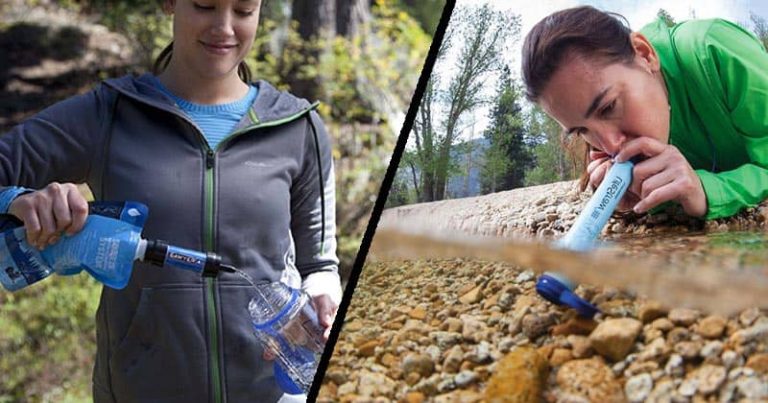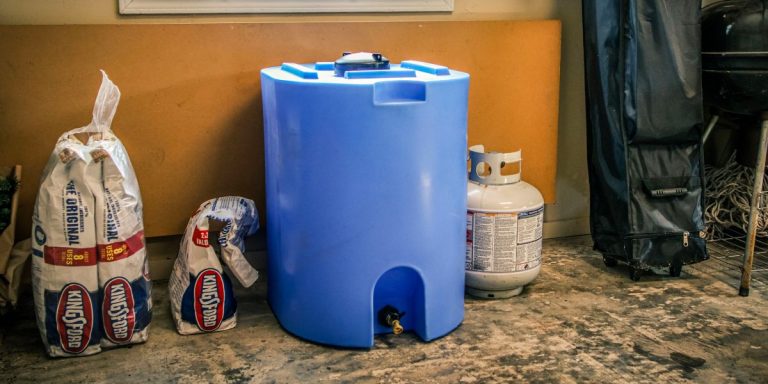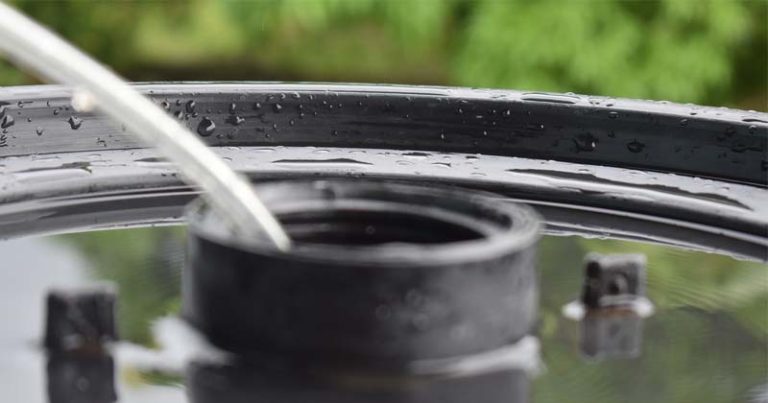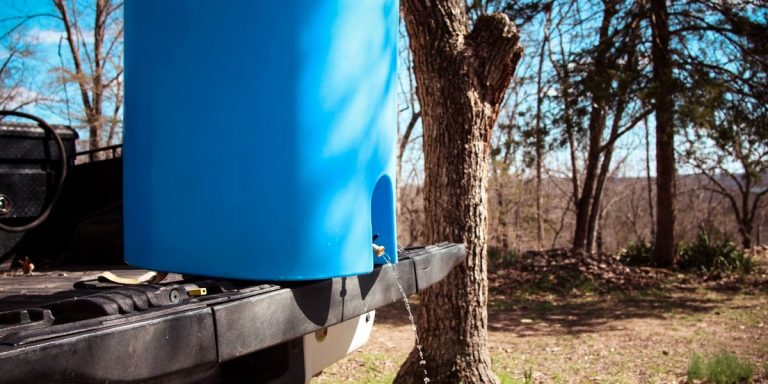Best Emergency Water Purification Method (9 Systems for Disaster Relief)

One of the big issues with getting started with emergency food storage is that food takes up space. Before you get into storing any significant amount of food, you really need to have a plan on where you will keep it.
The plan isn’t just about making space for your emergency food. If you store your emergency foods in the inappropriate places, they could get damaged by humidity, heat, light, pests, or physical damage.
I can only imagine the horror of going to your emergency food stockpile after a major earthquake, EMP event, or other disaster type and seeing that all your food supplies have been ruined!
Here I will go over the main places where people keep their emergency food stores and the pros/cons of each place. If you have any suggestions, feel free to add them in the comments.
Storing Emergency Food in the Basement
As far as space goes, your basement is probably a good choice for your emergency food. Basements are also cool and dark, which is important for ensuring foods don’t go bad. However, humidity can be a major problem in basements. You’ll need to install a dehumidifier and check it regularly.
Never store your emergency foods on the basement floor as this will result in humidity problems and cause the internal temperature of the food to fluctuate. Instead, put pallets on the floor and keep your foods on top of the pallets.
Another thing to think about is whether your basement might flood. If you live in a hurricane zone or near a major body of water, look into options for preventing basement flooding.






